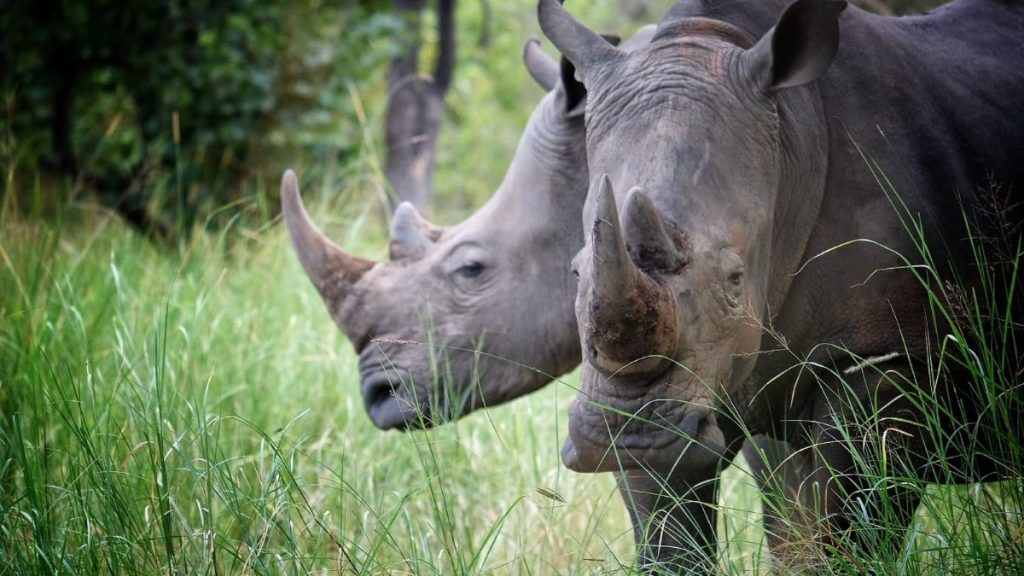Researchers found they could detect a treated horn inside a sealed 12‑meter shipping container, making smuggling far riskier for poachers.
Others are reading now
In South Africa, a pioneering project is taking the fight against poaching to a new level—by making rhino horns slightly radioactive. Known as Project Rhisotope, the initiative aims to deter traffickers and protect endangered rhinos from slaughter.
How It Works

Scientists inject a tiny amount of radioactive isotope directly into a sedated rhino’s horn.
This dosage is far below harmful levels for the animal but strong enough to be picked up by radiation detectors at airports, seaports, and border crossings.
Detecting Horns Anywhere in Transit
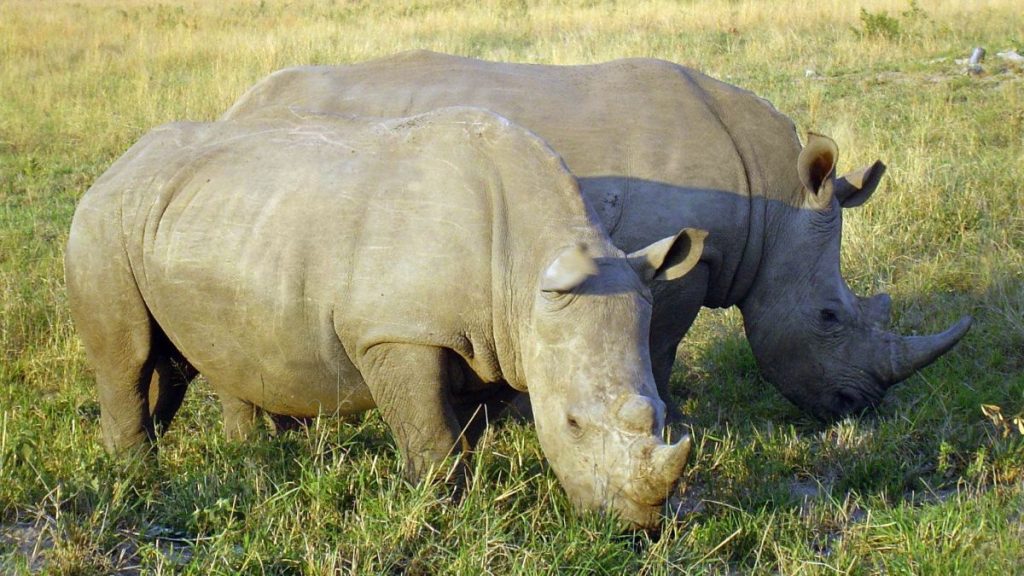
Even at minimal levels, the isotopes trigger alarms in nuclear security systems worldwide.
Researchers found they could detect a treated horn inside a sealed 12‑meter shipping container, making smuggling far riskier for poachers.
Also read
Backed by Rigorous Safety Tests

Before the public rollout, scientists at the University of the Witwatersrand’s Radiation Physics and Health Unit spent a year running trials on around 20 sanctuary rhinos.
The results confirmed the process is completely safe for the animals.
The First Public Injection Campaign

Five rhinos have now been treated in the project’s initial phase.
The team hopes this will be the start of a mass‑injection program across South Africa’s rhino population, involving both public reserves and private wildlife parks.
Why Radioactivity Could Change the Game
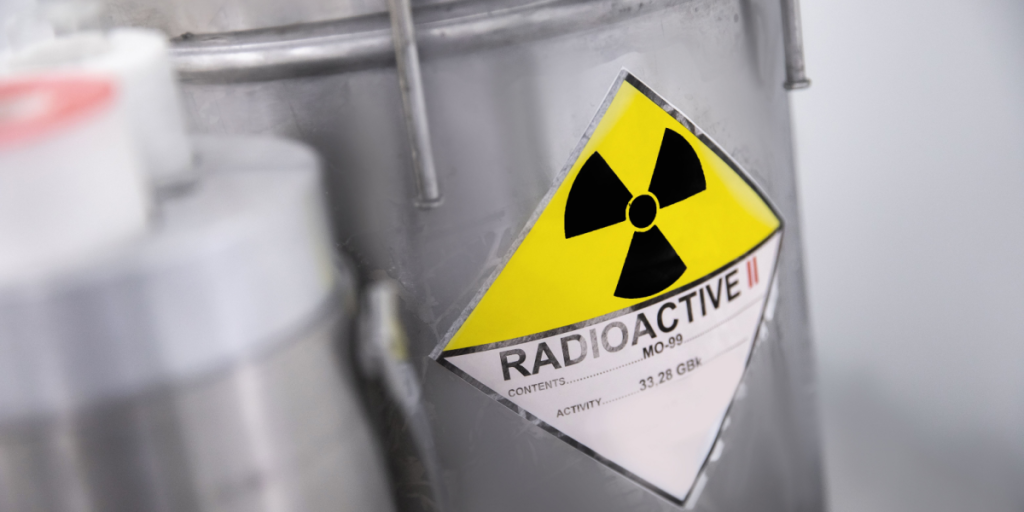
The treated horns can be tracked at any stage of transport, from wilderness to international borders.
Also read
This means customs agents have a new, powerful tool to intercept illicit shipments before they reach black market buyers.
The Poaching Crisis in Numbers
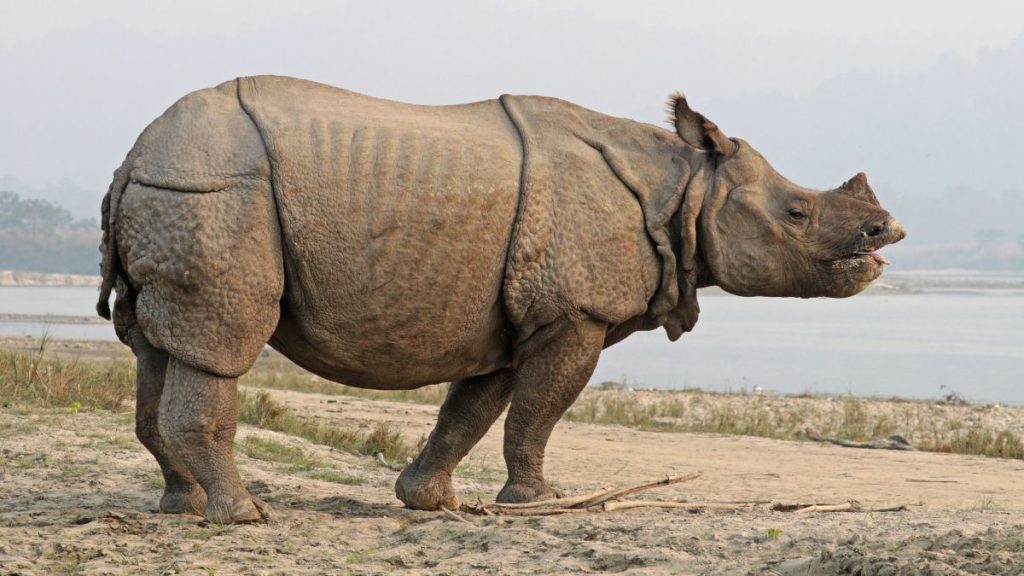
A century ago, about 500,000 rhinos roamed the planet. Today, that figure has plummeted to just 27,000, largely because of illegal horn trade.
In South Africa alone, roughly 500 rhinos are killed every year.
South Africa’s Critical Role
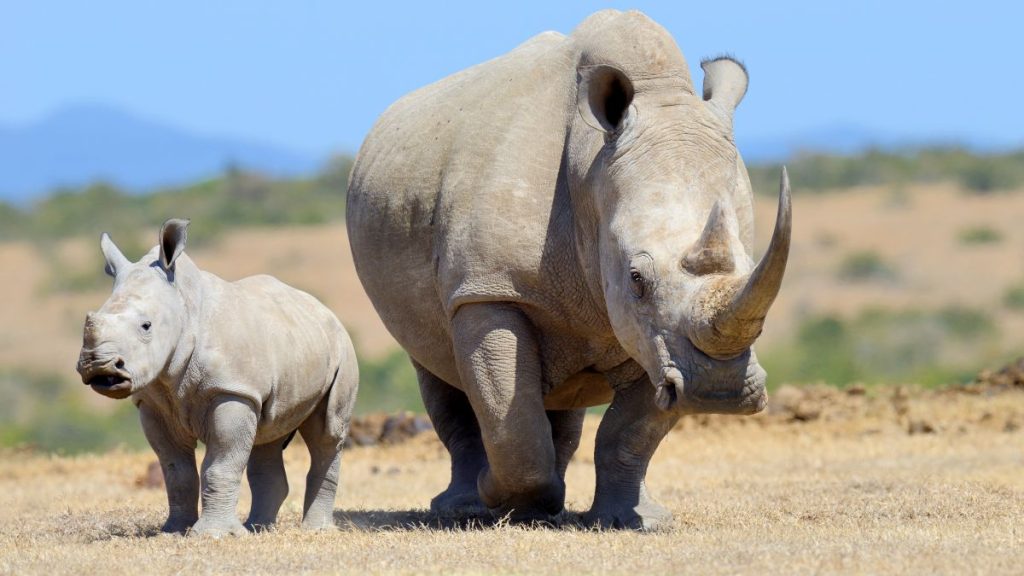
Home to around 16,000 rhinos, more than half the world’s population, South Africa is a frontline battleground in the poaching crisis.
Conservationists say protecting the country’s rhinos is key to the species’ survival.
Also read
Collaboration Across Disciplines

Project Rhisotope is a joint effort between nuclear scientists, conservationists, and government agencies. Their shared goal: make rhino horns too risky to traffic, while setting a precedent for wildlife protection worldwide.
A Call to Join the Effort

The University of the Witwatersrand is urging wildlife park owners, conservation groups, and government agencies to adopt the radioactive treatment. If widely implemented, it could mark a turning point in the war on poaching.

